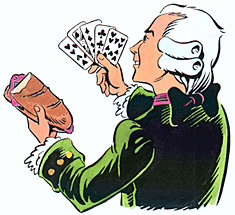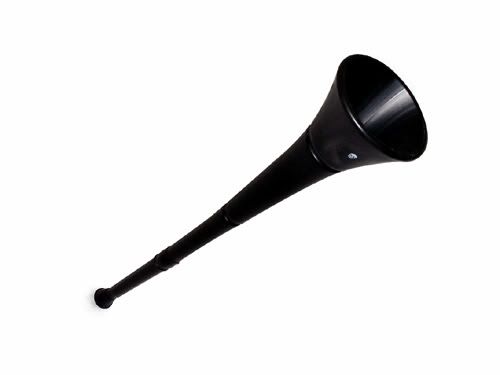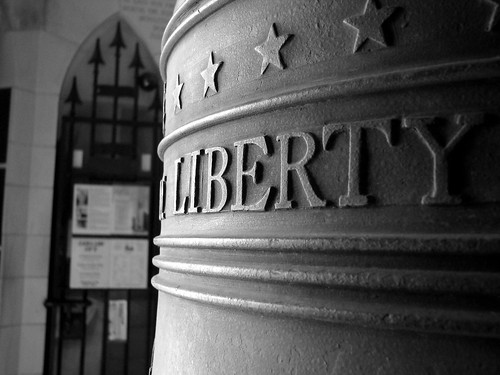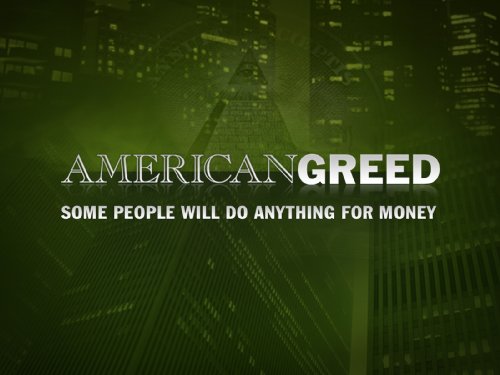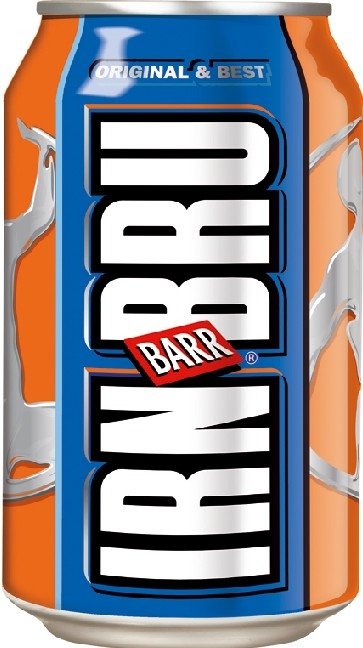 This morning we went fishing for blue crabs. It was the first time we ever went crabbing. We learned how by watching another family do it yesterday.
This morning we went fishing for blue crabs. It was the first time we ever went crabbing. We learned how by watching another family do it yesterday.We fished using a simple crab line, which consisted of a piece of string with bait attached to a weight on the end. We used chicken necks for bait. The technique we used was simply to throw the baited line into the water from a pier and wait for a crab to bite on to it. Then we slowly raised the crab from the bottom and scooped it up with a net.
It was a lot of fun. The kids were able to work as a team and catch a crab all by themselves.
While researching blue crabs, I learned that it is so named because of its sapphire-tinted claws and a male blue crab is called a "Jimmy." I also learned that the blue crab was the subject of a story titled "Jimmy the Crab" by James Michener in his novel, Chesapeake.
I then learned that James Michener has become known for his long historical novels about places such as Alaska, Hawaii, Mexico and Texas. In Chesapeake, the story follows several families living in the Chesapeake Bay area from 1583 to 1978. It includes extensive history starting with the American Indians, and continuing through slavery, the American Revolution and the Civil War.

